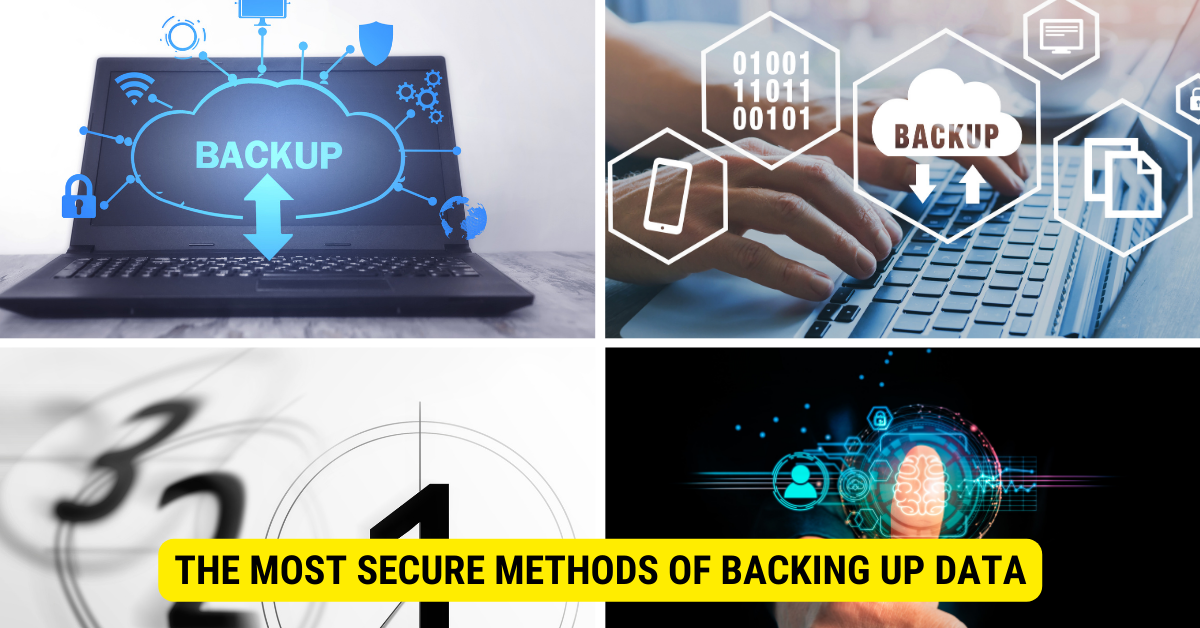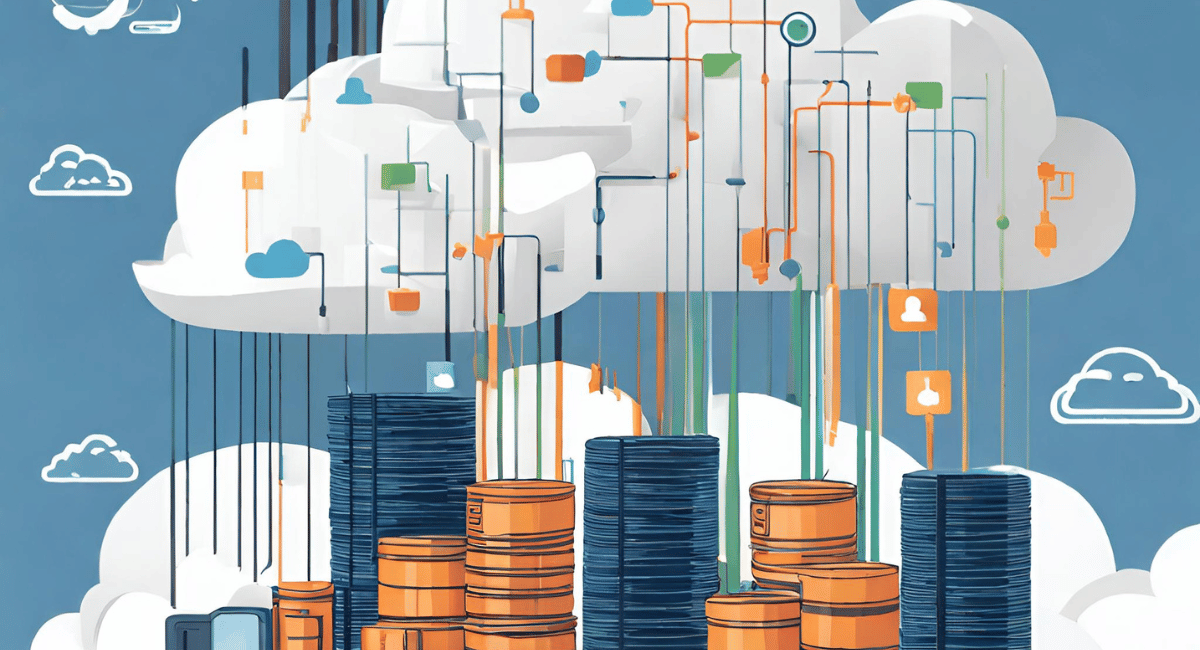The most secure method of backing up your data is a multi-pronged approach known as the 3-2-1 backup strategy. This method involves having at least three total copies of your data, two of which are located on different types of storage media, and one of which is stored off-site, preferably on a cloud-based storage system that is encrypted and has robust security measures in place. This approach ensures your data is safe from various threats, such as hardware failure, physical damage, or cyber attacks.
Understanding the Importance of Data Backup
Data has become one of our most valuable assets in the modern digital age. Whether you’re a Business safeguarding customer information or an individual cherishing precious memories, the importance of securing your data is paramount.
Common Risks to Data
To fully understand the need for secure data backups, let’s delve into the common risks associated with data.
Physical Risks
Physical risks include damage to your computer or storage device due to accidents, theft, or natural disasters like fires or floods.
Digital Risks
Digital risks involve cyber threats such as viruses, malware, and ransomware, along with the potential for accidental deletion or system failure.
The Most Secure Methods of Backing Up Data

Now that we understand the potential threats to our data let’s discuss the most secure ways to back it up.
Adopting the 3-2-1 Backup Strategy
As they say, don’t put all your eggs in one basket. And that’s precisely what the 3-2-1 backup strategy advises.
Explanation of the 3-2-1 Strategy
Keep at least three (3) copies of your data, on two (2) different types of media, with one (1) backup stored offsite. This Strategy ensures that your data can survive almost any catastrophe.
Implementing the 3-2-1 Strategy
Implementation of this Strategy can involve a mix of the earlier methods, like using a NAS and cloud backup together or combining physical and cloud backups.
Offline or Cold Storage Backups
Think of offline backups as a secure vault for your data. You store your valuable data on physical devices like external hard drives, DVDs, or flash drives. Once backed up, these devices are stored securely, safe from online threats. However, one must consider the physical safety of the device as well.
Cloud Backups

Imagine having a magic box in the sky that safely keeps all your data. That’s essentially what cloud backups offer. They back your data onto secure servers, providing encryption and other security features. These backups are safe from local hazards, and many services offer versioning, which can safeguard against accidental deletion or corruption.
Network Attached Storage (NAS)
Think of NAS as a personal cloud on your home network. It’s a dedicated device with one or more hard drives connecting to your network, providing a physically separate backup location. Many NAS devices offer encryption and can be set to back up data automatically.
Encrypted Backups
Consider encryption the ultimate security lock for your data in a world of lock and key. Encryption scrambles your data regardless of the storage location, making it unreadable without the decryption key.
Security Considerations for Backing Up Data
However, one must always remember – a backup is only as secure as its weakest link.
Considering Security at Every Step
From the moment of creation, security must be the guiding principle through storage and restoration. Restored data mustn’t be immediately exposed to the hazard that destroyed the original.
Utilizing a Mix of Methods
Remember, no method is foolproof, and the best Strategy often involves a mix of methods depending on your needs and resources.
Key Takeaways
- Backing up data is crucial to safeguard valuable information from physical damage, theft, cyber threats, and accidental deletion.
- Secure methods for data backup include offline or cold storage backups, cloud backups, Network Attached Storage (NAS), and encrypted backups.
- Each backup method has advantages and disadvantages, so a mix of methods is often recommended.
- Many experts advocate for the 3-2-1 backup strategy: keep three copies of data, on two different media types, with one backup stored offsite.
- Consider security at every stage of data backup, from creation to storage and restoration.
FAQs
What is the 3-2-1 Strategy for data backup?
The 3-2-1 Strategy recommends storing three copies of your data on two different media types, with one backup kept offsite.
Are cloud backups safe?
Cloud backups are generally safe and come with strong encryption. However, choosing a reputable provider is crucial.
What is the advantage of Network Attached Storage (NAS)?
NAS provides a physical location for backups separate from your primary computing devices and often offers built-in encryption and automatic backup settings.
What are offline backups?

Offline backups, also known as cold storage, involve backing up data onto physical devices like external hard drives, DVDs, or flash drives and storing them in a secure location.
Why is encryption important in backups?
Encryption makes your data unreadable without the correct decryption key, protecting your data even if the backup medium itself is compromised.
Conclusion
Securing your data involves understanding risks, choosing secure backup methods, and ensuring a strategy that keeps safety paramount at every stage. Every method has benefits and potential pitfalls, from offline backups to the cloud, NAS, and encryption. So, remember, a secure backup isn’t about finding the perfect method; it’s about building the perfect mix.
